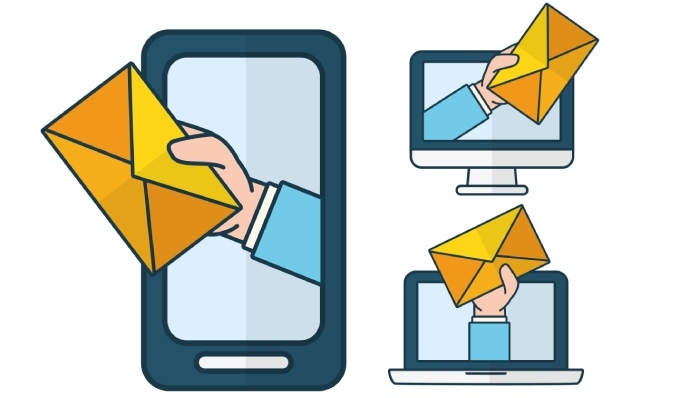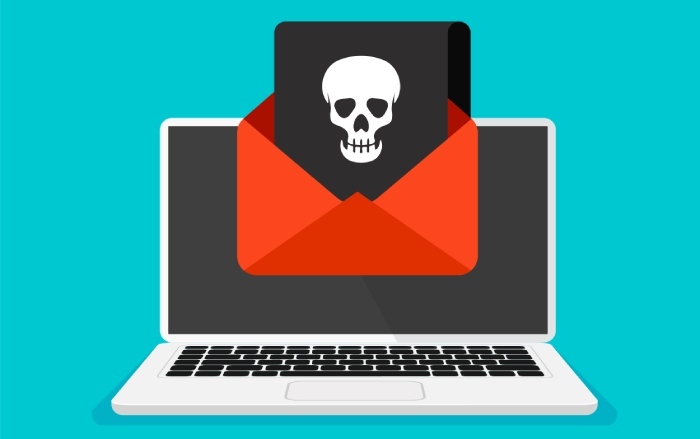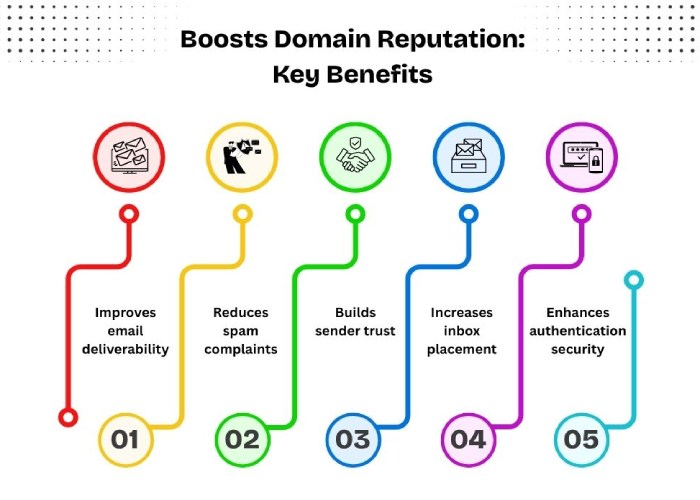How does DMARC make cold emailing more effective?
Cold emailing is a strategic and effective way for businesses and service providers to reach potential clients, pitch their best offers, and generate high-quality leads. However, with so much noise surrounding AI chatbots, funnel automation, and generative AI, cold emailing no longer works the way it did five years ago. Two major factors that determine the fate of your cold emails are trust and deliverability. Without these two, cold emailing in 2025 may feel like a lost cause.
This blog post aims to explain how DMARC can enhance your cold emailing game by incorporating elements of credibility and deliverability.
What is DMARC?
DMARC (Domain-based Message Authentication, Reporting and Conformance) is one of the most popular and robust email authentication protocols, used to prevent instances of phishing and spoofing attacks. By deploying DMARC, a domain owner can instruct recipient email servers on how to handle emails that fail authentication checks. DMARC works in conjunction with other authentication protocols, specifically SPF (Sender Policy Framework) and DKIM (DomainKeys Identified Mail). DMARC also provides detailed reports that enable domain owners to track unauthorized usage of their domains and take relevant actions accordingly.
But how are cold emailing and DMARC connected? Let’s find out!
Why is DMARC a non-negotiable aspect of cold emailing?
Cold emailing has garnered a bad reputation due to spammers sending out irrelevant, bulk emails from fake addresses. That’s why Email Service Providers (ESPs) use strict filtering tactics to improve user experience and safeguard users from threat attacks.
It is highly likely that without DMARC deployment, even your legitimate cold emails will land in the spam folders of your prospects. To make it worse, the cold emails can even get rejected and bounce back.
This is exactly why a cold emailing strategy is incomplete without DMARC:
No email authentication = No trust
ESPs are strictly against delivering emails from domains that are not verified or authorized. This impacts both the credibility of your cold emails and messes up their deliverability.
Increased risk of spoofing and phishing attacks
Your domain remains vulnerable to cyberattacks unless you implement DMARC. Threat actors can easily spoof your domain and send out malicious emails on your behalf, thereby hampering your domain reputation.
Zero control
Without DMARC, you are unable to instruct recipient servers on how to manage emails that fail authentication checks. This means that even those malicious emails that are sent out on behalf of your domain end up landing in the primary inbox of your prospects. This can pose a serious threat to both potential clients and your reputation.
How does DMARC enhance cold email deliverability?
Here’s how DMARC can improve your email infrastructure, thereby improving cold emailing effectiveness:
Earns the trust of ESPs
When you deploy DMARC, the recipient email servers get to know that you are a legitimate email sender. It gives a strong message that your domain is strong and protected, and that you are an email security enthusiast. This enhances your sender reputation, thereby improving inbox placement. The better the sender’s reputation, the lower the chances are that your cold emails will land in the spam folder.
Offers protection against spoofing and phishing attacks
If a threat actor misuses your domain and sends malicious emails, it not only harms your domain reputation but also damages your brand name. ESPs may flag your domain, and no matter how hard you try, your legitimate cold emails will never reach your prospects. DMARC helps eliminate this risk by enabling you to instruct ESPs to reject any cold email that fails email authentication checks immediately. This ensures that your cold emails are delivered.
Boosts domain reputation
DMARC, backed by SPF and DKIM, creates a robust email authentication infrastructure. Together, they safeguard your domain from phishing and spoofing attacks, ensuring that only authorized senders can send emails on your behalf. The better the domain reputation, the higher the likelihood that your cold emails will land in the primary inbox of your prospects.
Provides detailed insights into the misuse of your domain
DMARC reports provide detailed insights into those sending emails by abusing your domain. From malicious third parties, internal servers, to authorized marketing tools, you get to learn so much by analyzing the DMARC reports.
In a nutshell
Cold emailing isn’t just about targeting. It’s also about trust and deliverability, which can be achieved by practicing cybersecurity hygiene. With DMARC, you establish a sense of trust between your domain and ESPs, as well as between your cold emails and prospects. Running cold mail campaigns without DMARC puts both the credibility and deliverability of your emails at risk.
So if your current cold email strategy is not working despite investing your time and energy in personalization and relevance, chances are that your cold emails aren’t even reaching your prospects. Maybe you’re just a DMARC report away from connecting with high-ticket clients for your business.




